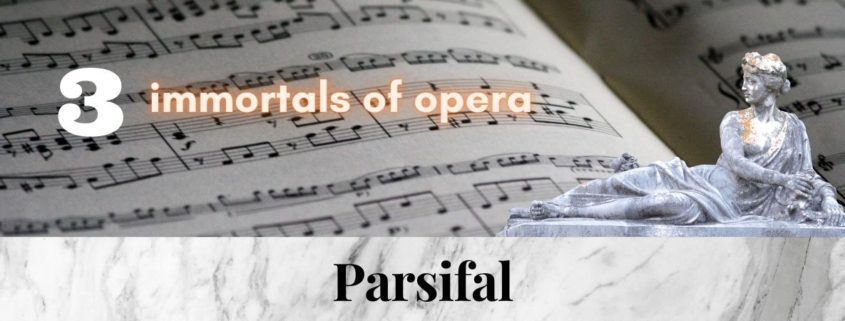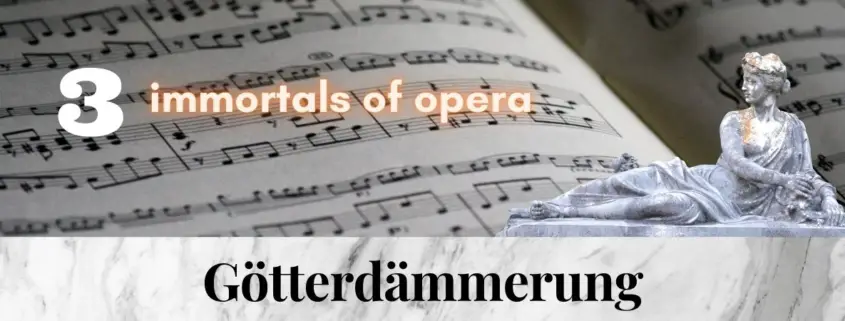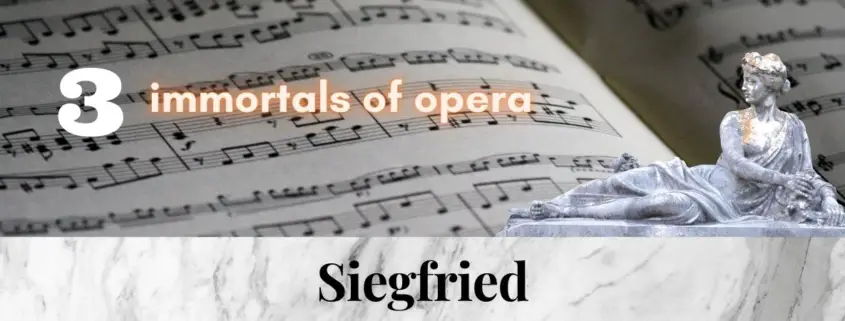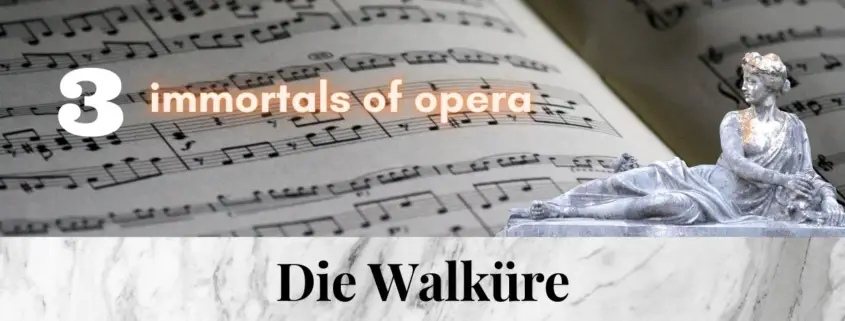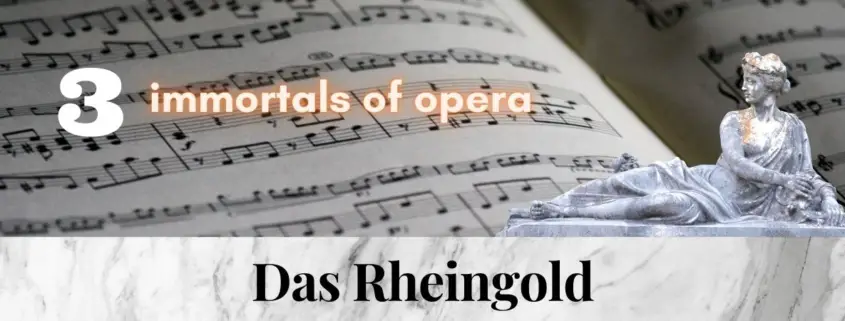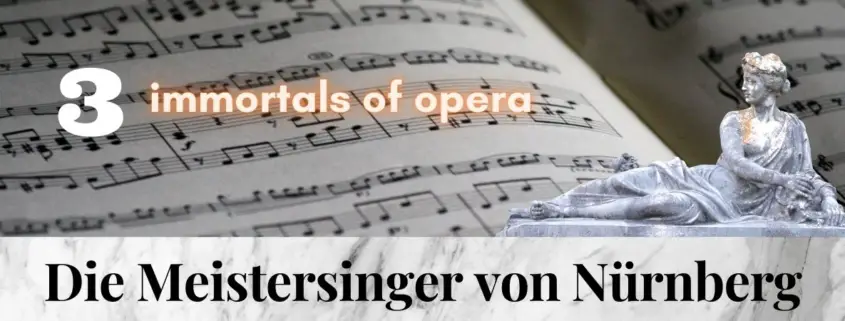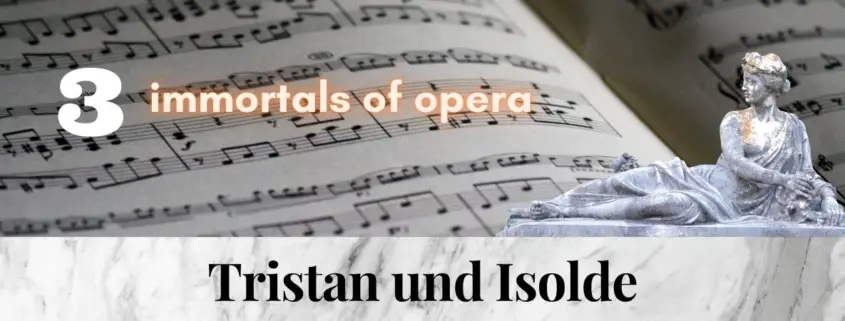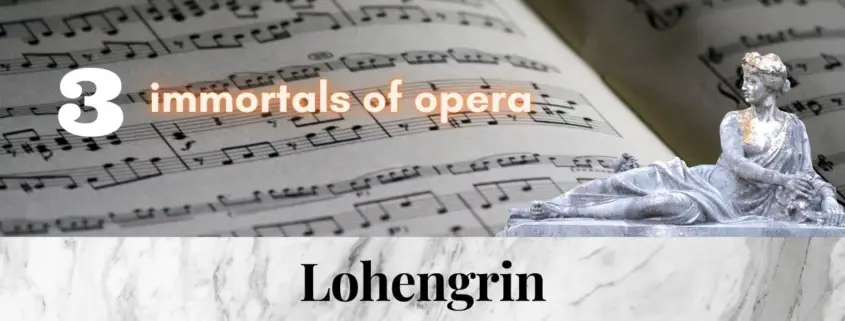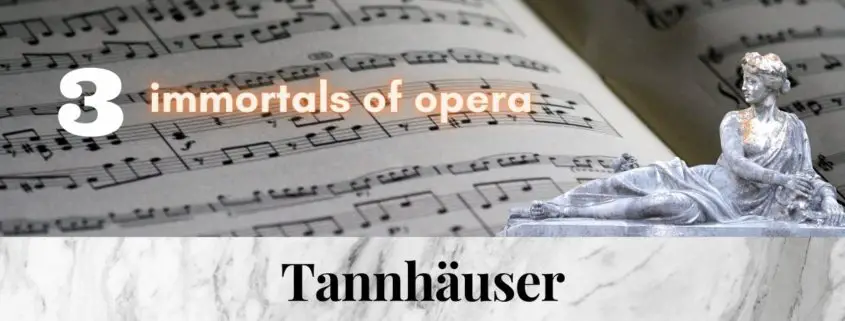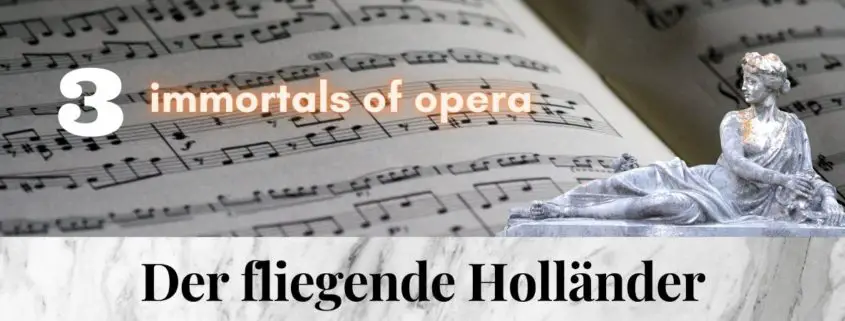Like Verdi’s Falstaff and Puccini’s Turandot, “Parsifal” belongs to the last, age-wise words of a master. With “Parsifal”, Wagner was striving for something universal that would elevate the practice of art to the rank of a festival, a “stage-festival consecration play”, in Wagner’s words. This turned into a unique work that still captivates the listener with its mythical-religious theme and its spiritual and musical content.
The Ring of the Nibelung is a total work of art on a par with works of world literature such as Homer’s Iliad or Dante’s Divina commedia. It is astonishing how homogeneous this work appears to us, which was created over a period of 25 years and in a complex process of development. Twilight of Gods (Götterdämmerung) is an opera with grandiose images and concludes this work with a gigantic finale.
The Ring of the Nibelung is a total work of art on a par with works of world literature such as Homer’s Iliad or Dante’s Divina commedia. It is astonishing how homogeneous this work appears to us, which was created over a period of 25 years and in a complex process of development. “Siegfried” is a huge heroic epic about a revolutionary. It ends with one of the great love apotheoses of the opera genre.

Siegfried forges the sword
In this piece we hear the motif of the sword Nothung, which Siegmund already used in “Die Walküre”. With this motif, he fires up the bellows. Again and again, the motif sounds heavily in the winds.
Listen to Lauritz Melchior’s interpretation in this scene. He sings this act, so demanding for the tenor, with great intensity and vocal power. He was probably the most brilliant Siegfried in the history of recording.
Nothung! Nothung! Neidliches Schwert – Melchior

Brünnhilde, the highly dramatic soprano role
Brünnhilde wakes up and welcomes the day. She sees her awakener and recognizes in him Siegfried, whom she once protected and always loved.
This scene is one of the greatest scenes in the entire Ring! Brünnhilde’s awakening motif sounds. This beautiful motif of the awakening Brünnhilde shows how Wagner knew how to form great things from 2 simple chords. He lets the E minor chord swell and decay in the winds and picks up the note again only in the winds in a crescendo and lets it play around with the harps. The harp arpeggios unmistakably recall the awakening of nature at the beginning of the Ring in the prelude to Rheingold.
Musical quote: Brunhilds Awakening motif
Brünnhilde is the role for a highly dramatic soprano. After the war this role was dominated by 3 female singers for 25 years: Astrid Varnay, Martha Mödl and Birgit Nilsson. Brünnhilde appears in 3 of the 4 evenings of the ring. The role in Siegfried is the one with the highest tessitura and therefore very demanding. In addition, she has to sing against a huge orchestra, which likes to play loud to increase the effect.
Birgit Nilsson was a vocal wonder. “Vocal chords of steel”, “trumpet” were attributes that were often heard when she outshone other singers and the orchestra with her voice. During the recordings for the ring, it is said that the loudspeaker often sounded “Please step back three steps, Mrs. Nilsson, when high notes are played”, because the sound waves overtaxed the microphones.
Heil dir, Sonne! Heil dir, Licht! – Nilsson

Ewig war ich, ewig bin ich ! – I always was, I always am
>Brünnhilde is also pleased to see her horse Grane. When Siegfried besets her, she realises with horror that without armour, sword and helmet she is no longer divine and thus defenceless. Never before has a man dared to approach her. Now she is a mortal woman and asks Siegfried to keep her virginity. In the arms of Siegfried she is overwhelmed by the human passion of love. Siegfried urges her to unite and misses the last opportunity to become knowing.
Brünnhilde asks Siegfried to keep her divine virginity. Dazu hat er ein wunderschönes Motiv komponiert. Dieses “Ewige-Liebe” Motiv hat Richard Wagner auch im Siegfried-Idyll verwendet (siehe weiter unten).
Musical quote: Eternal love motif
But Siegfried’s heating does not allow this to happen, and Brünnhilde is carried away. The opera ends with resounding horns and an ecstatic love duet in C major: “Leuchtende Liebe! Lachender Tod!” Shortly before the end there is another pause and the work ends with a C major chord.
We this excert from the Böhm recording. It is from the sixties and documents the production of Wieland Wagner.
Ewig war ich, ewig bin ich – Nilsson / Windgassen
“The Valkyrie” offers a wealth of great scenes that belong to the greatest in all of opera literature. First and foremost Wotan’s farewell scene and Sieglinde’s and Siegmund’s happiness in love.
With “Rheingold,” Wagner depicts the worlds of the Rhinemaidens and the gods, the underworld of the Nibelungs and Valhalla Castle with masterful musical means. After a composer’s block of almost six years, the 40-year-old’s creativity exploded and he composed this colorful world within six months. It is inconceivable that the “Rheingold”, when it was heard for the first time 23 years later in the context of a Ring performance in Bayreuth, still convinced as a visionary work.
The Meistersinger are perhaps Wagner’s greatest stroke of genius. The musical themes are dazzling, the orchestration and compositional technique is masterful, the plot is originally designed, and with Hans Sachs, Wagner has created a unique role-portrait.
Wagner’s ambition was to compose the greatest love music that had ever been heard. To do this, he had to invent a new musical language for “Tristan and Isolde. He lived up to this claim and composed a work that, with its sensual, stirring chromaticism, was to exert a tremendous influence on the classical music world for the next almost 100 years.
For a long time, Lohengrin was Richard Wagner’s most frequently performed work. King Ludwig II saw it in Munich in 1857 and left the theatre in tears. This experience should not only change his, but also Wagner’s life.
Read more
Tannhäuser is probably the most human hero among all the figures created by Wagner, who cannot escape the carnal lust (Venus), although he strives for spirituality (Elisabeth). Wagner himself has described that his “inclination to sensual impetuosity” is in conflict with the “seriousness of artistic feeling”.
With the “Flying Dutchman” Wagner succeeded in creating his first masterpiece. The perfect orchestral language, the grandiose leitmotifs and the magnificent choral scenes make this work one of the German composer’s top works.
Read more

